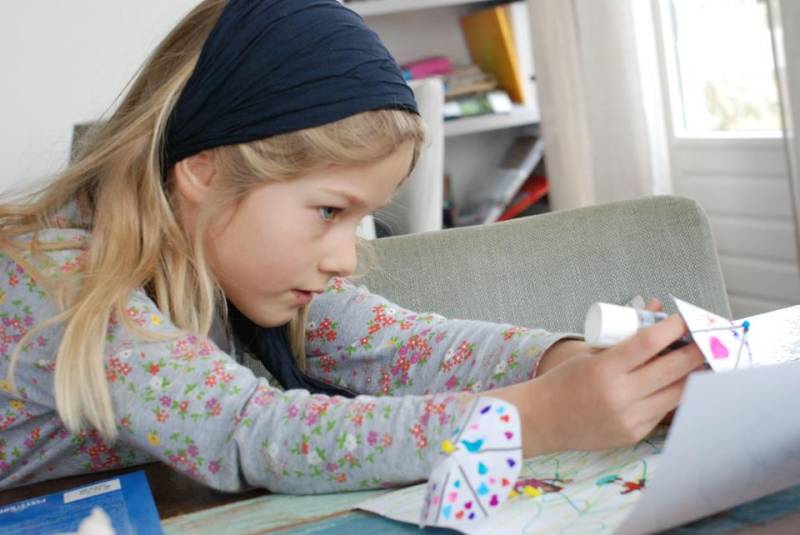
Educate the ART
text & photos: Barbara le Noble (2015)
Art should be more integrated in general education. Not just the one hour of drawing and music, but a completely new consistent curriculum should be developed. A program that challenges children, makes them aware and develops their talents. Also for children who are 'not creative'. If art education is offered in such a way that there is coherence, it could go much deeper into personality development and the well-being of people, but also of the group as a whole. And thus be able to contribute to a positive class climate.
By bringing children into contact with various art forms, they learn to look at the world from different perspectives. It is not about judgment, there is no right or wrong. It is about individuality, objectivity, empathy and creativity in all manners. It brings insights and awareness of their values and of who they are (or want to be) Self-knowledge is a prerequisite for self-confidence and for talent development. Know who you are and who you are not.
An artist wants to share something and can thereby make the connection to the recipient, who is touched (or not). Being able to draw something very beautiful is not yet a guarantee for a work of art, the question is whether the recipient feels a response, and feels a connection. Universal themes, such as loneliness or love, are more easy to discuss in class when it is attached to a work of art. Make the impersonal personal. Difficult topics to philosophize about it. Many rappers have written poetic texts about these themes. The exchange of feelings and experience will bring a better understanding of the other person and contributes to the harmony in a group.
By being involved with expressive subjects such as dance, drama and music, children are challenged to show themselves. This is only possible in a safe environment because children get out of their comfort zone. This aspect is very important when developing a new curriculum.
"Be who you are! Follow your heart!" Empty cries as long as there is no balance in the curriculum at school. They mean something like 'doing what you feel inside'. But therefore it is important that children learn how to step out of the ratio from time to time to experience this. Art is a way to connect with that feeling, with imagination, with a whole world that lives inside, and helps to discover the path of life in a playful way. Every person is unique, but children are constantly compared with each other, judged by their cognitive skills. Their value and future are merely determined by their performances. In other words: their dignity is linked to their skills. If a child does not master the skill, it also loses part of its dignity. So at a very young age, a child can already lose some of its self-worth. That does not do justice to the talent of any child. Art education is for everyone and children just not be judged by their performance but should be encouraged to develop their unique self. Art integrated in the curriculum (in a consistent way) will bring new perspectives and a different perspective, creates creativity and inspiration for the child. But most important: joy of life. Art is an ode to life itself.


